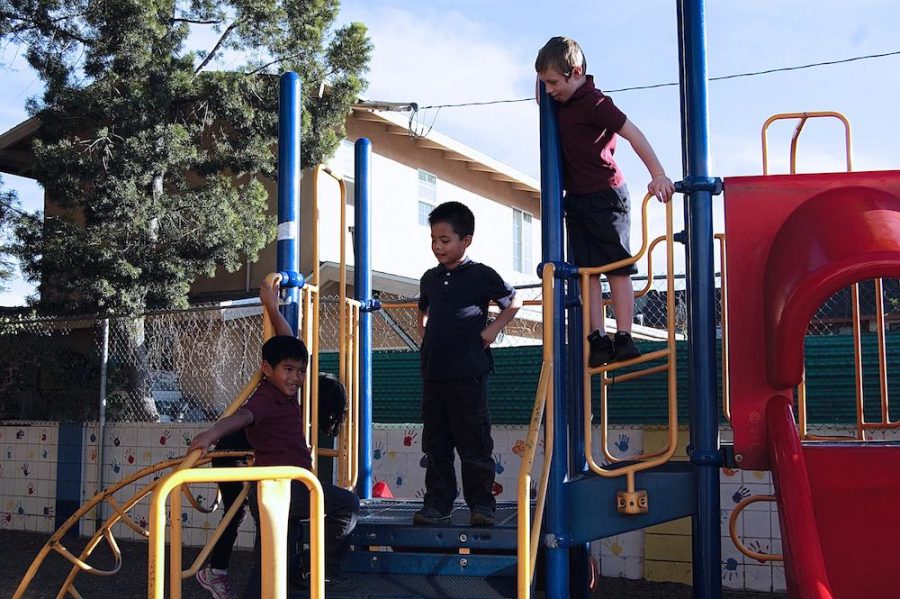(May 25, 2012) — During spring, colorful flowers bloom and fruits and vegetables are ready to be harvested. Some people may see this lively season as a plus and eagerly dive into gardening, while others may cringe at the thought of having to get a little dirt under their nails. Sophomore Avetis Dishigrikyan is one of those people who are eager to get down and garden. Some people may want to garden but cannot due to lack of space or resources. However, there are community gardens in the Los Angeles area available for public use. In 2009, Clark graduate Elin Khachikian got involved with the community garden at 870 Monterey Rd. and helped restore it by planting trees with her friends. Growing fruits and vegetables at a community garden is not the only way to have organic food; people can grow produce in the comfort of their own backyards as well, and for good reason. According to Growing Interactive, a website that provides information on how to have a successful garden, growing food at home is an affordable way to get organic fruits and vegetables. Also, organic food can be healthier than regular food, as it is not grown with pesticides that are harsh on people and the community. In 2011, organic food and beverage sales were approximately 11 percent of all U.S. produce sales, according to the Organic Trade Association’s 2011 Organic Industry Survey. Over the years, the amount of money grossed in the organic food industry has been increasing. However, out of the people who are purchasing organic produce, how many are taking the next step and growing it themselves? Dishigrikyan is one of those people. He first started gardening three years ago when his grandmother began teaching him the fundamentals of gardening. Now, he has a seasonal garden that he works on during the spring, summer and fall. Dishigrikyan has been working on his current set of plants since the beginning of April, so his plants are fairly new. Dishigrikyan grows tomatoes, peppers, squash, eggplants, lettuce and celery. About 40 percent of the vegetables he consumes come from his garden. Dishigrikyan believes that the best way to have organic food is to grow it yourself. “Gardening is not only fun, but a great way to get back to nature,” Dishigrikyan said. ASB advisor and biology teacher Elaine Snodgress grew up seeing her father plant spring flowers. Now, as an adult, she has her own garden. Her current plants include fruit trees, herbs and flowers. Although she enjoys growing her trees and herbs, she is mostly a fan of flowering plants. This summer, Snodgress will be making a new addition to her garden as she attempts to graft a lime tree so that two types of fruits are produced from the one plant. Snodgress’s gardening philosophy? “Growing things makes me happy,” she said. Some people don’t just garden individually, but take it as an opportunity to spend time with family. Junior Jae Kang helps her mother with gardening duties by watering plants in the morning and transferring plants to different pots. “Gardening is a good way of bonding with my parents,” Kang said. Her tip is that the ideal time to water plants is either in the morning or evening. For others, gardening is a responsibility they share with their family. Senior Eric Keshishmousa helps his family take care of their garden by watering plants and fixing sprinklers. Keshishmousa and his family have various trees that include lemon, avocado, orange, fig, apricot and sour orange. For Keshishmousa, gardening is both a family activity as well as a way of growing organic food. “As a family, we work on the garden together,” said Keshishmousa. “It’s better to grow fruits in your yard because you know where it comes from and that it will be organic, making it safe to eat. Gardening can be tiresome sometimes but I still like to do it.”
Categories:
Living the green life
May 25, 2012
More to Discover








